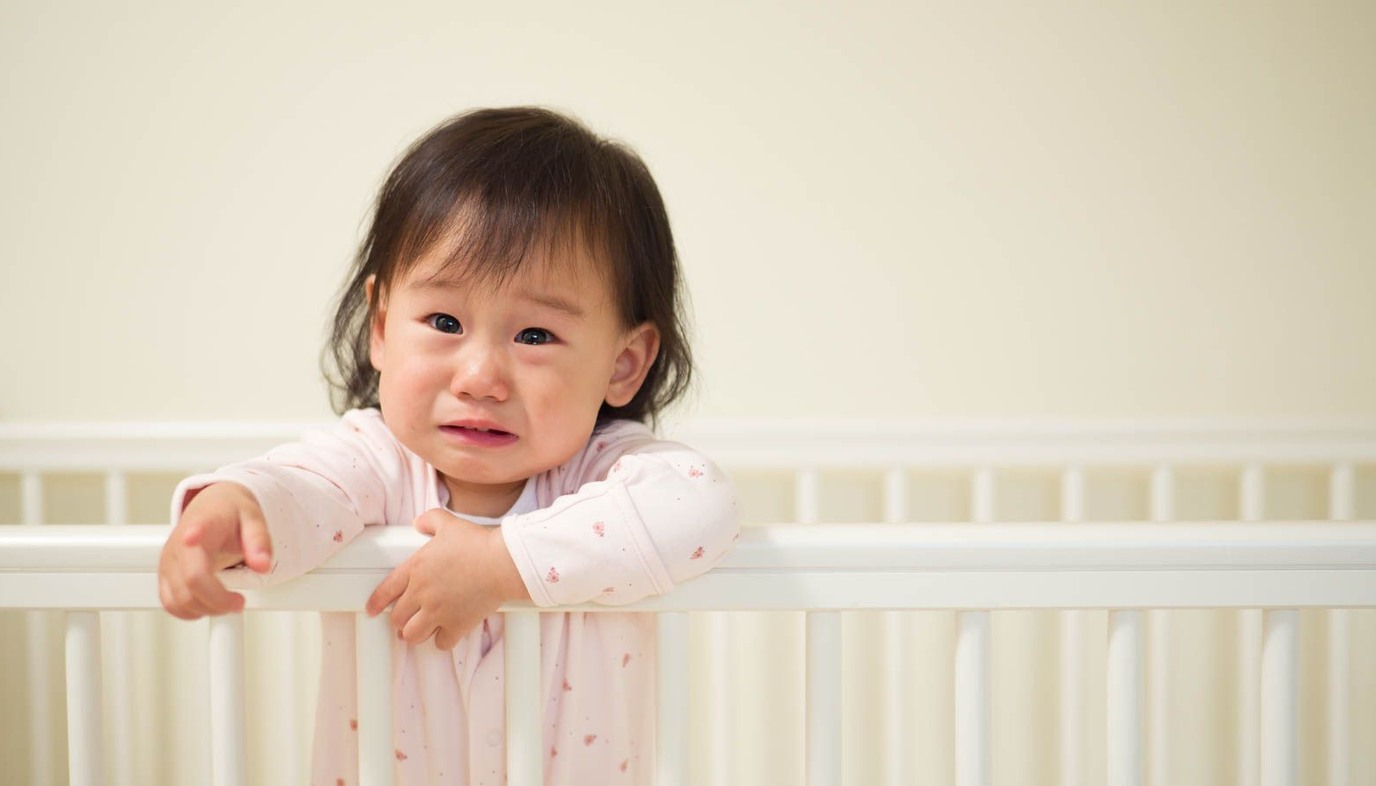
When it is time to teach your little one to sleep on his or her own, and you have decided that you are comfortable letting your child do a certain amount of crying to get there, then you are probably likely to choose one of the “Cry It Out” sleep-training techniques.
Contrary to what it sounds like, the goal isn’t simply to abandon your child to cry for hours at a time. Rather, it is a controlled and systematic effort to teach your child the valuable skill of self-soothing. The theory begins with the idea that if your child needs your help to fall asleep at night (whether through rocking, nursing, patting, or simply your presence), he will also need your help to go back to sleep when he wakes up in the middle of the night. When he learns to self-soothe, he will be able to 1) go to sleep on his own; and 2) put himself back to sleep when he wakes up at night.
Strategies From the Experts
Pediatrician Richard Ferber, one of the pioneers of this sleep-training technique, recommends that you wait until your child is at least four to six months old before you begin, and that you have a predictable and comforting bedtime routine already in place. To begin the sleep-training process using the Ferber method, you should:

- Carry out your regular bedtime routine, so that your child is comfortable and drowsy.
- Place your child in the crib and say your goodnights.
- Leave the room, even if your child is crying, for a pre-determined amount of time (generally three minutes).
- Return to the room if your child is crying, say soothing words and pat him gently (but do not pick him up) and then leave the room again.
- Repeat steps 3 and 4, with longer intervals (expanding to 10 minutes) between each time you return to the room, until your child falls asleep on his own.
Each night (and each time your child awakens during the night) you should repeat this procedure, with slightly longer intervals before going back into your child’s room. By the third or fourth night, your child should be sleeping on his own and for most of the night. If you are not successful after three or four nights, you should take a break and try again in a few weeks. Remember that all children respond differently and if this method is not working for you, you may need to try some variation or a different method entirely until you find out what works for your child. For variations on this strategy, check with experts Marc S. Weissbluth (“Healthy Sleep Habits, Happy Child”) and Jodi Mindell (“Sleeping Through the Night”).
Once your child learns to fall asleep and sleep through the night on his own, you will enjoy more restful nights. However, be prepared for some backsliding if you are traveling, or when your child experiences some major change, such as starting daycare. Hang in there with your usual routines, and your child should be back to his regular sleep pattern soon. If your child is sick, you may notice some sleep disruptions, and you may need to modify your routines until he is better. Do not attempt to sleep train while your child is sick or not feeling well; the lesson will be harder to teach and it will not likely “stick” anyway.

Other Sleep Training Approaches
If you feel that you and your child are becoming burned out with the “cry it out” method, you may want to try one of the many “no-cry” methods. Additionally, if you have followed a plan and adhered to it carefully, and your child is still not getting a restful nights’ sleep, you may need to check in with your pediatrician. Remember that it is important for both you and your child to get a good nights’ sleep so that you are rested and ready for all of the adventures you have ahead. Eventually all children – even the most restless and willful little ones – learn to sleep through the night.
